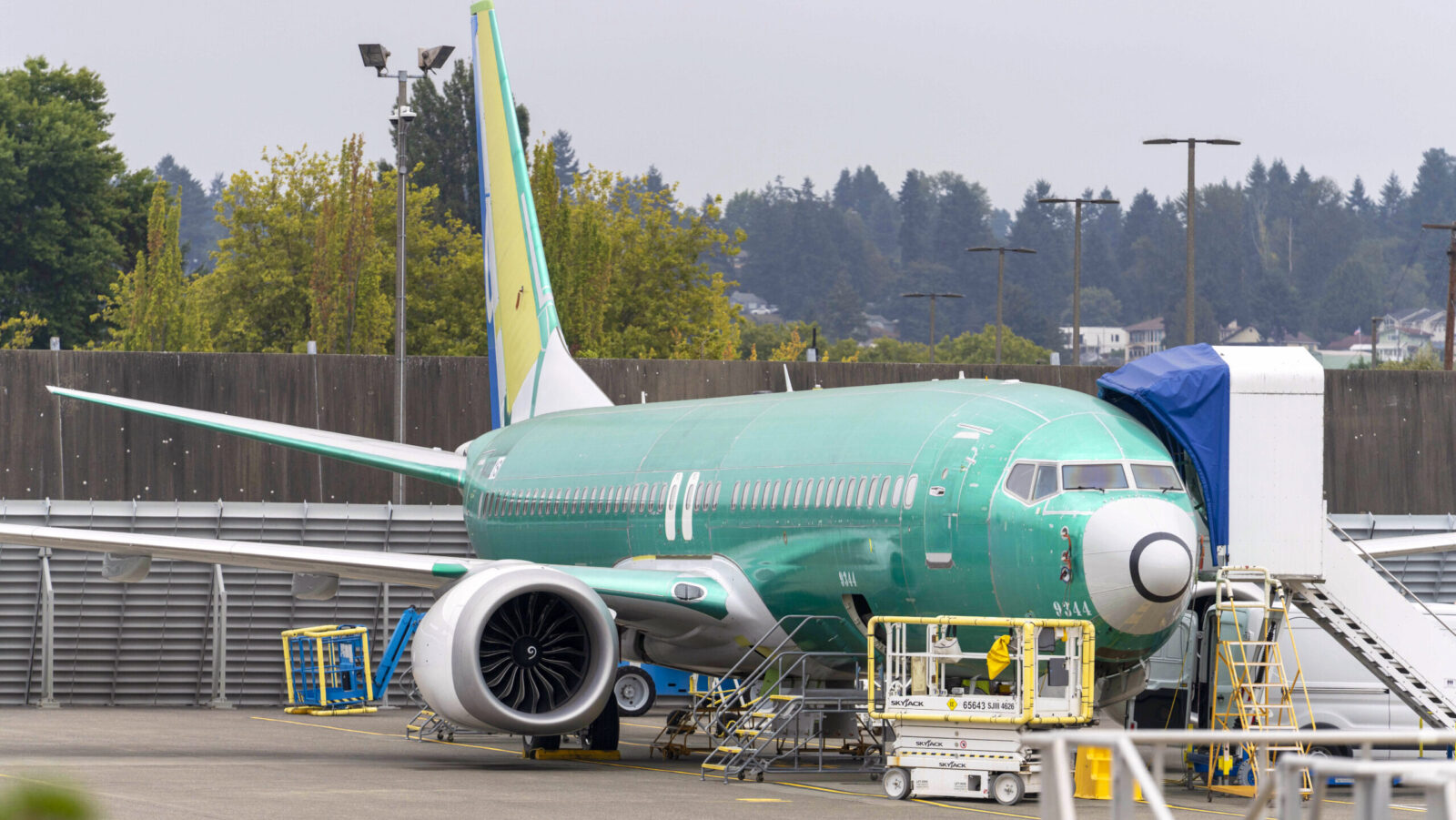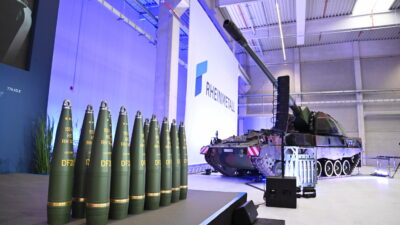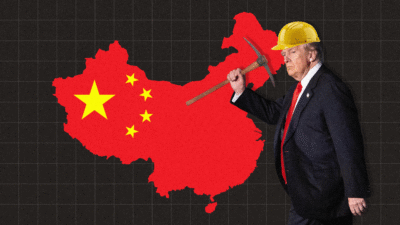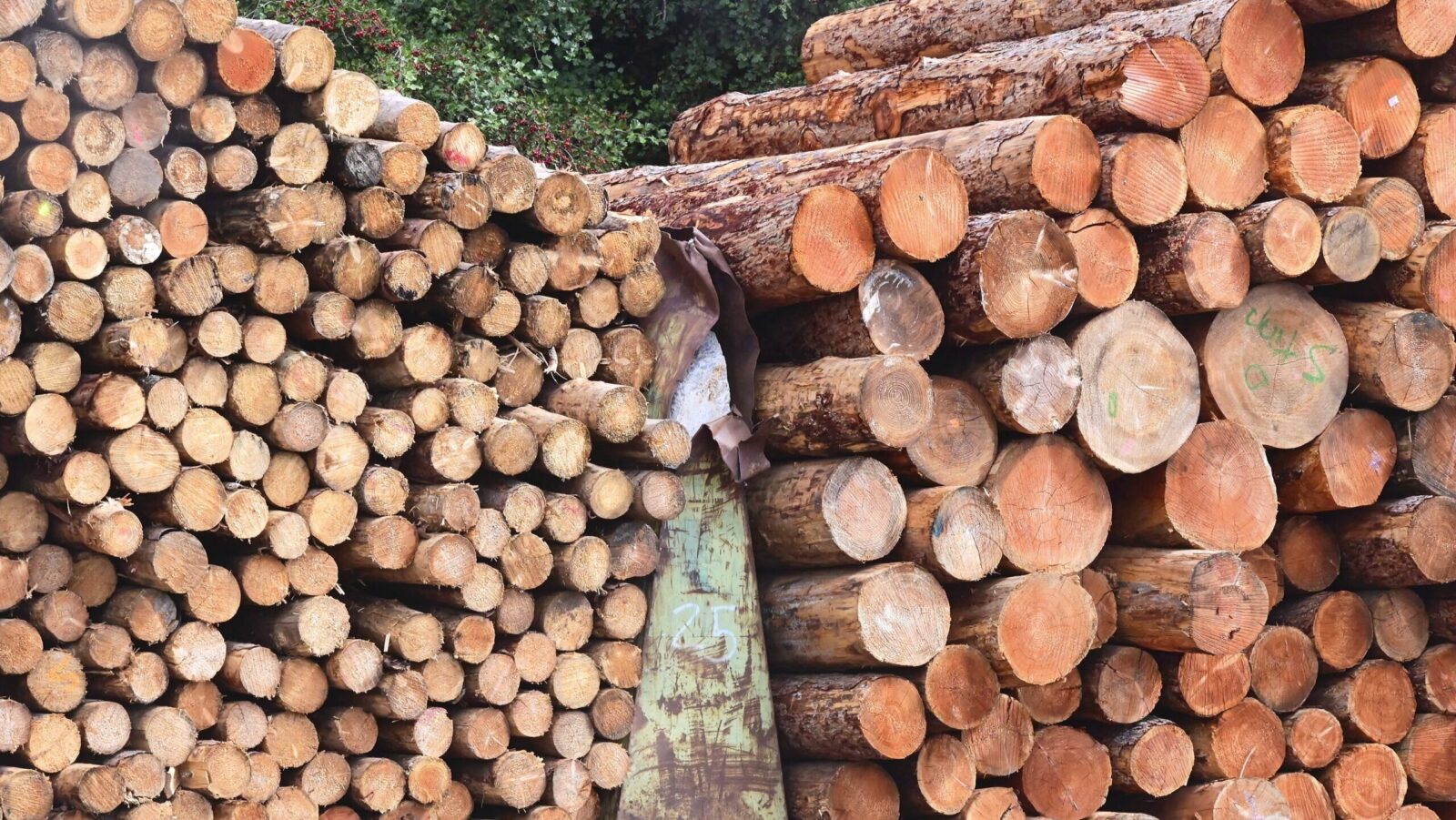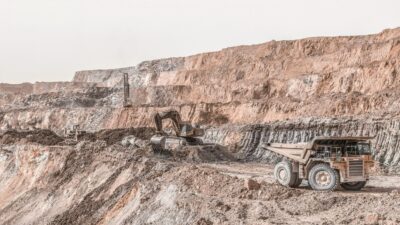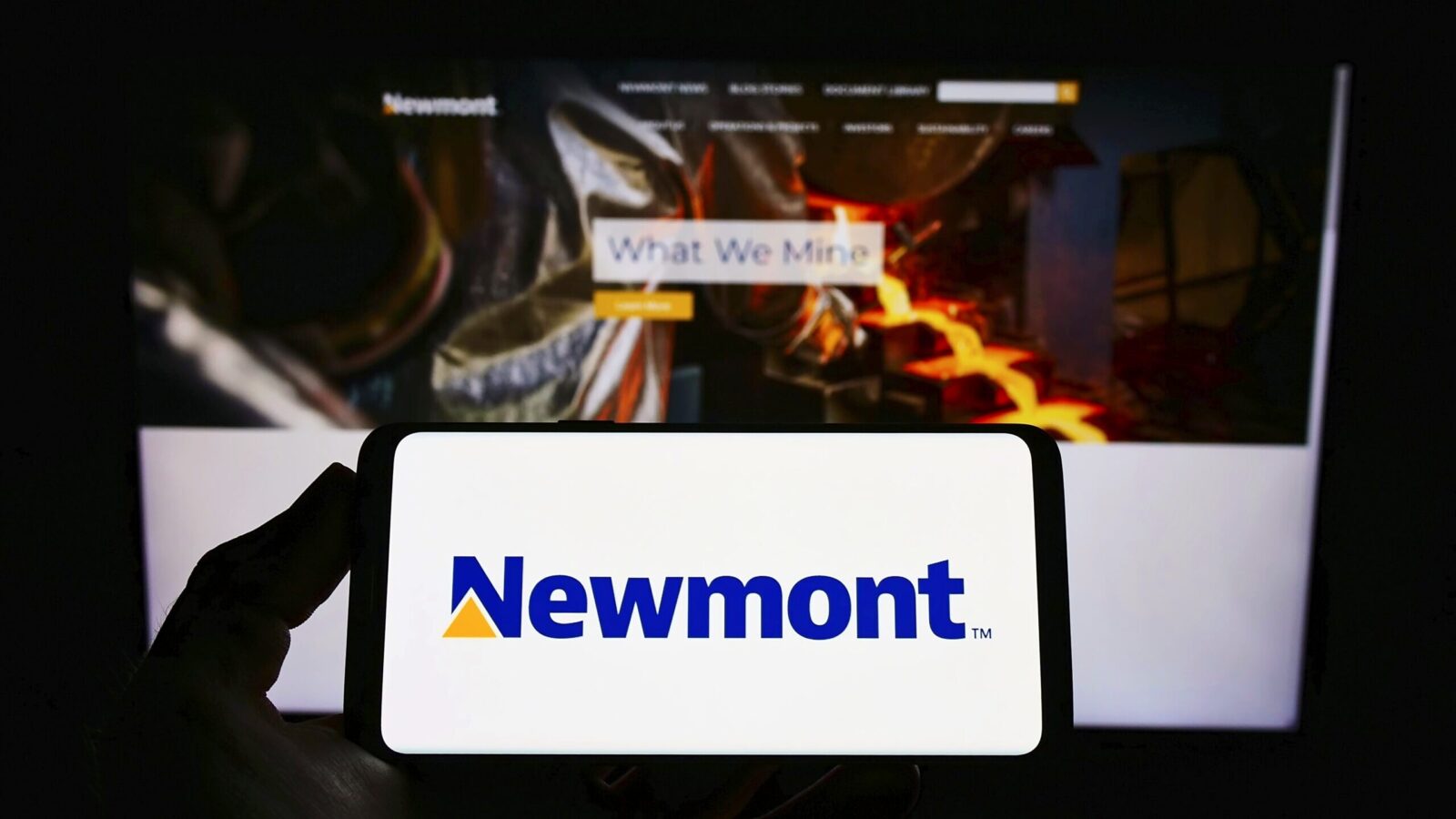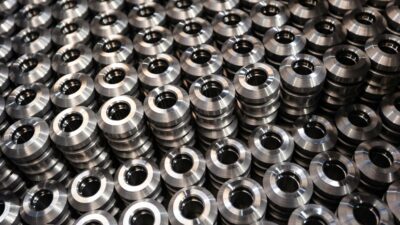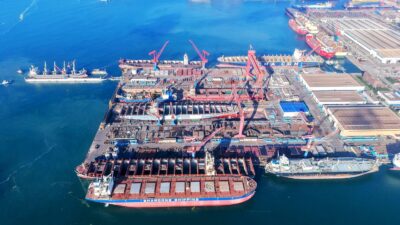Gates-Backed ‘Green Steel’ Startup Clears Key Milestone
Heavy industrials remain one of the most significant drivers of greenhouse gas emissions, and also one of the toughest to eliminate.
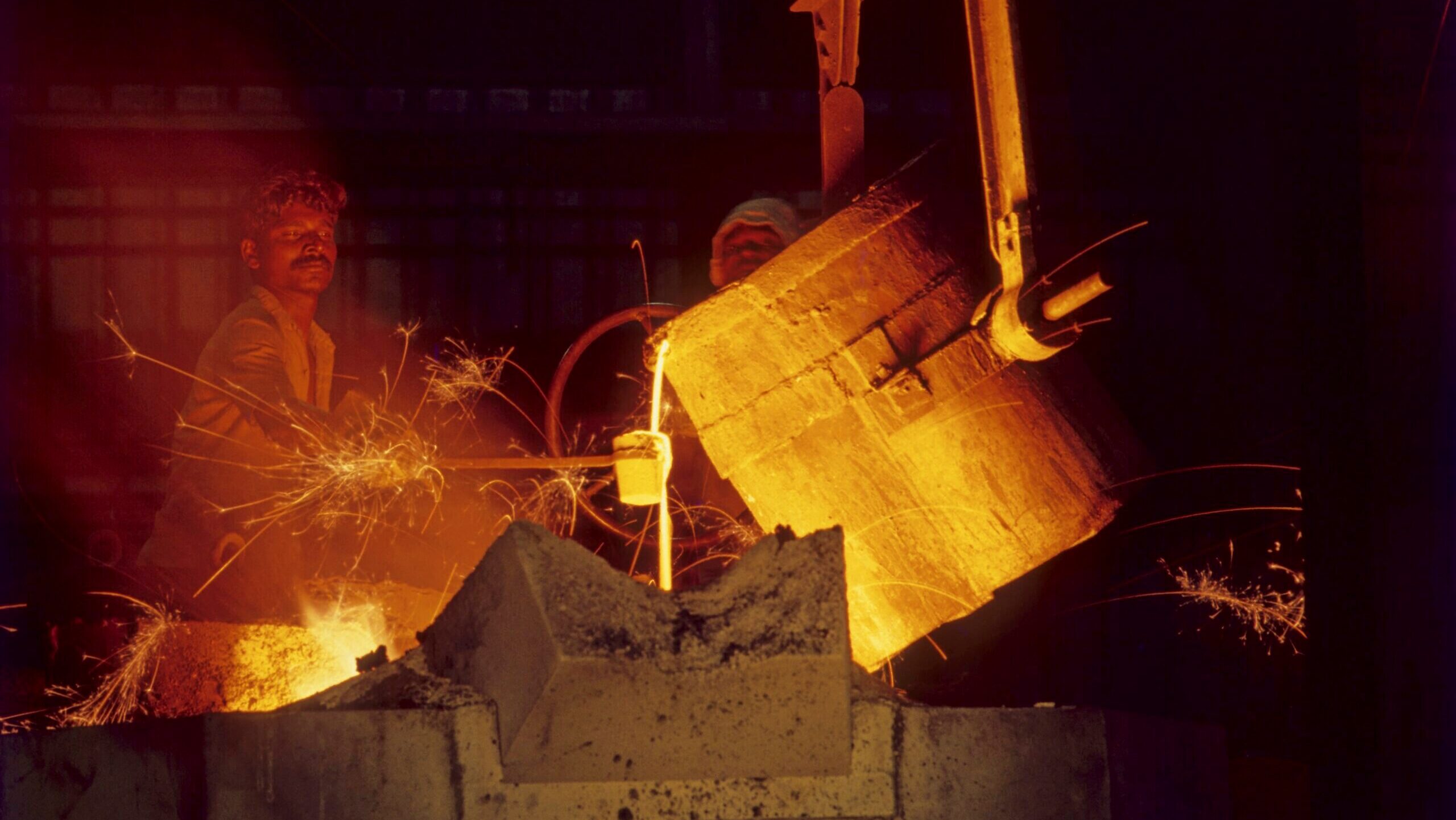
Sign up for smart news, insights, and analysis on the biggest financial stories of the day.
Green steel may not be a galvanized pipe dream.
On Tuesday, Hertha Metals — a startup backed by Bill Gates and Vinod Khosla — told Bloomberg that it had successfully developed a method for producing steel at both a lower cost than typical methods and with significantly lower carbon emissions. It marks a significant milestone for the emerging industry.
It’s Not Easy Being Green (and Cheap)
Heavy industrials remain one of the most significant drivers of greenhouse gas emissions, and also one of the toughest to eliminate. After all, it’s pretty difficult to operate 2,912-degree Fahrenheit metal-smelting blast furnaces without letting off some proverbial (carbon-filled) steam. In fact, by most estimates, the roughly 2 billion tons of steel produced each year account for about 7% of the world’s carbon emissions. For reference, that’s more emissions than the shipping and aviation industries combined, as well as more than emitted by the entirety of the European Union in a given year.
Cracking green steel has proven prohibitively expensive, with Hertha’s victory coming just as much of the industry was starting to lose hope that a solution even existed:
- Through an operational breakthrough, Hertha told Bloomberg it can reduce carbon emissions by more than 50% compared with traditional methods, and, at scale, it says it can do so at a lower cost than conventional steelmaking. Next year, the company will break ground on a “larger demonstration plant” that will be able to produce 9,000 tons of cheaper green steel by the time it opens for commercial operations in 2031.
- The breakthrough comes just a month after Cleveland-Cliffs announced it would cancel a $500 million project to build a green steel plant in Ohio, while German conglomerate ThyssenKrupp earlier this year said its own multi-billion-dollar plans for a green steel plant may be unviable.
Light Metals: Worse than just cancelling projects, the high costs have likely prevented many more prospective developers from ever getting past the drawing board. According to a recent report from BloombergNEF, even if all announced green steel plants successfully came online by the end of the decade, they’d still only account for roughly 6% of global steel production. Meanwhile, the report found that global investment in the technology fell by more than half in 2024, to just $17 billion.
